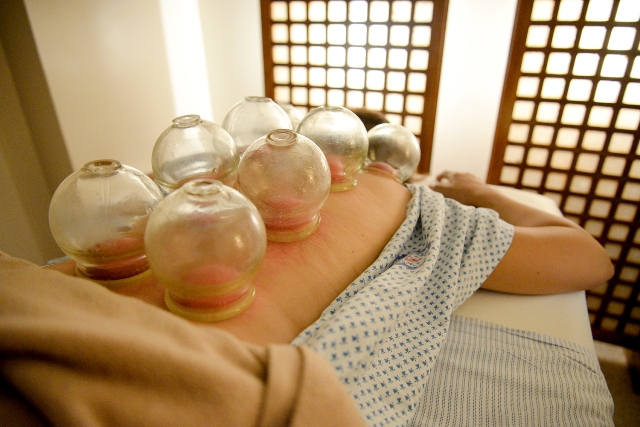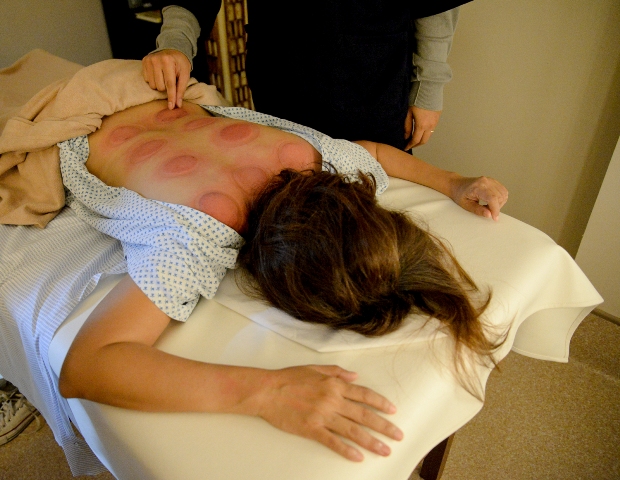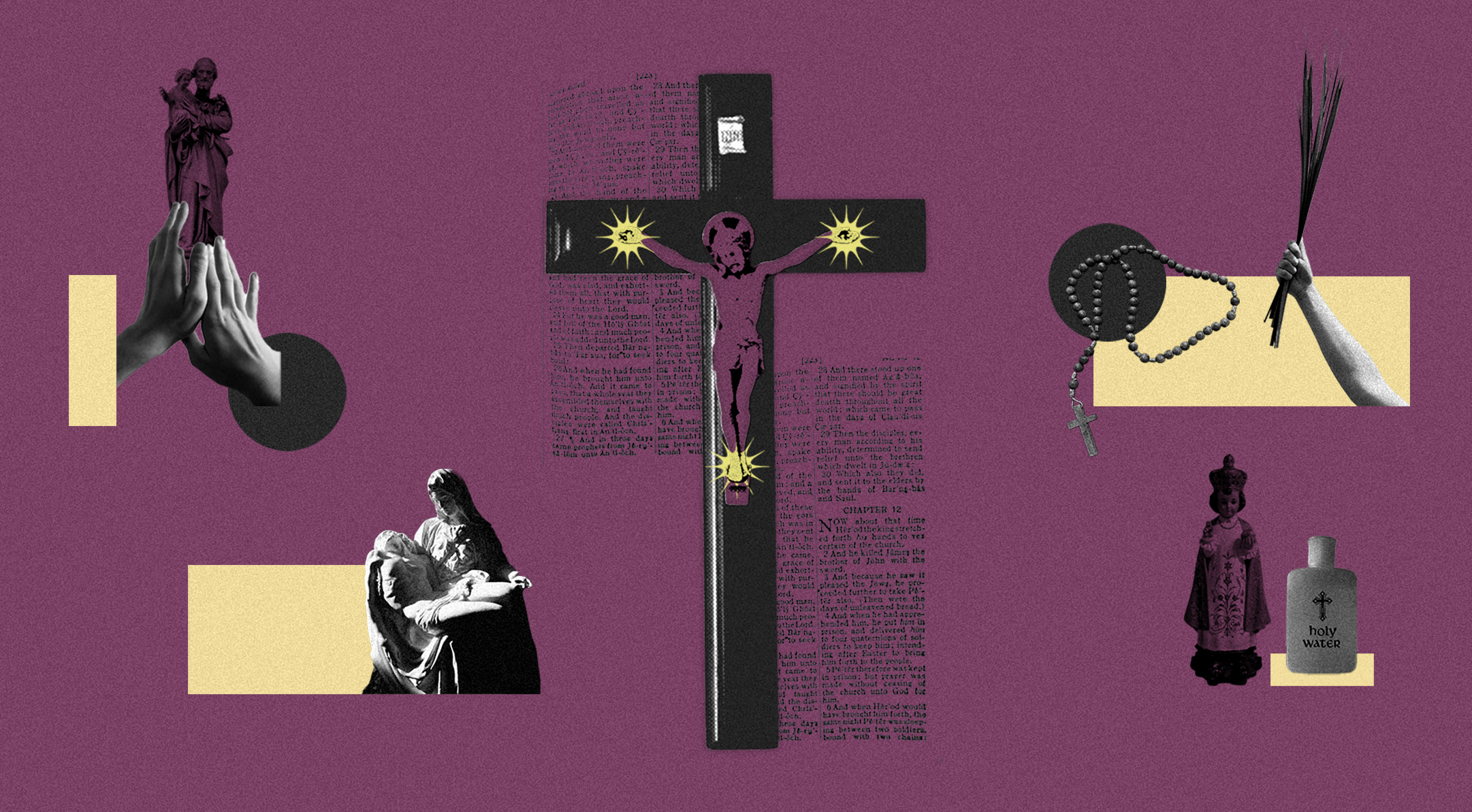
The Rio 2016 Olympics is a display of strength, power, sportsmanship—and round red marks on many athletes’ bodies, with prominent attention given to the back of the greatest Olympian, Michael Phelps.
The bruising or hematoma is caused by an ancient Chinese healing practice called ventosa or cupping. The sight of those red marks has piqued viewers’ attention, with ventosa and cupping becoming two of the most Googled subjects lately.
Cultural difference
Many in the Western world were shocked and disturbed to see red blotches on the athletes’ bodies.
“That’s where the cultural difference lies. To a Western mind, bruises such as those are a cause for concern. To a Chinese person, those red, round marks means someone is taking care of you,” said Dr. Jake Aniban, one of the Traditional Chinese Medicine (TCM) practitioners at St. Luke’s Medical Center Global City.
Aniban is a graduate of University of the Philippines College of Medicine in 2007 who believed he could help more people by practicing TCM. He studied TCM in Beijing.
Cupping had gained early international curiosity when tennis player Andy Murray, boxer Floyd Mayweather, and even celebrities like Gwyneth Paltrow, Jennifer Aniston and Victoria Beckham were spotted with dotted marks on their backs.
Evidence of ventosa was already seen as early as the Egyptian civilization, when papyrus containing drawings of cupping were discovered, Aniban said. When the practice reached the Middle East, cupping was updated by puncturing the skin to release blood.
“It’s basically similar to bloodletting, a method widely used in the history of medicine,” he said.
Specific points
At some point in history, the treatment reached China and was incorporated with that ancient civilization’s knowledge of the body, the theory of yin and yang, of chi and acupuncture points. Suddenly, where one sets the cups became very significant in terms of treating specific illnesses and balancing the body.
The suction is said to remove the blood from circulation—the bad chi—and bring it to the skin. The body will then start to recycle the blood, reusing the iron and hemoglobin as the marks fade away.

It removes obstruction, the bad chi, so that the good chi can circulate once more.”
What is bad chi? It could be the wind, cold or too much heat in the body. “Or our concept of lamig, pasma, hangin sa tiyan,” Aniban said.
Where the marks are more prominent indicates certain imbalances. The upper back, for example, represents the organs that reside in the area, such as the heart and lungs; the middle is for the stomach and liver; and the lower back, the kidney.
“Even the color the marks produce is sometimes not just red or black or pink. Some can look yellow or green, and these are also clues to how that person can attain a balanced chi in his or her body,” said Aniban.
While the doctor determines the illness, the ventosa is diagnostic and therapeutic in that it adds to the information the doctor needs to understand the patient fully.
This has particular benefits to athletes. In TCM, when there is pain, there is an obstruction of the chi. If the energy is not flowing, blood will not flow. Through cupping, that condition is remedied.
“If you remove that obstructed blood, new blood can flow inside and repair the injured parts,” Aniban said.
Placebo effect?
Has this been scientifically proven to work?
Many cynics are already calling it among the greatest placebo effects in history. When you punch a person, they argue, blood will surge toward the injured part, and it will begin to bruise. In due time, the bruise disappears and the person begins to feel better.
Detractors believe that is the main reason people feel better after a ventosa treatment.
Aniban begged to differ: “When you punch a person, energy is introduced into the body causing the hematoma. Ventosa is the removal of energy, not its introduction.”
Cupping, however, is hard to prove scientifically. Aniban said one will need people with the exact same conditions before cupping’s effects can be replicated. Science, he said, is so standardized.

“Any application of the scientific method on any TCM-approved theory or treatment will be very hard. Using science to explain or prove this kind of phenomenon is the wrong tool, because TCM grew up in an area away from science,” he said.
Aniban combines ventosa with acupuncture. It is not a stand-alone treatment. Acupuncture is first performed to loosen the energy flow. Ventosa complements the acupuncture and gets the energy flowing, and then it removes the obstructions.
He said anyone will benefit from ventosa. It can address the whole body, whether the condition is superficial or in the internal organs.
Complementary Medicine, 6/F North Wing, St. Luke’s Medical Center Global City, Call 7897700 local 6051.












































